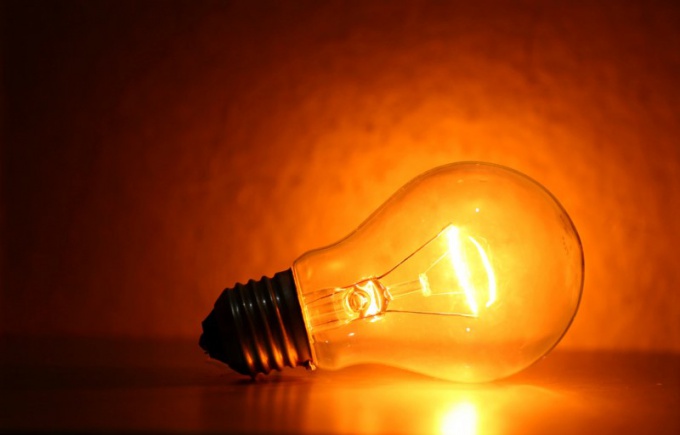Instruction
1
Understand the terms. Obschedomovye needs (ODN) consist of expenses for utilities in the common property of the residents and in-house resources. For electricity, for example, ONE goes from the cost of electricity operation of elevators, intercoms, lighting, entrances and basements. Here is added unaccounted kilowatts, which are formed by the use of older designs of meters, connecting someone from the occupants of the appliance, bypassing the counter, and other unauthorized connections.
2
Find out if your equipped apartment house house the metering device and find out the number of apartments having and not having individual meters. In resource supplying organization or in the administration of the city will Refine the current tariff for different types of utilities (the cost of one kilowatt of electricity or cubic meter of water and gas) and norms of their consumption for 1 person.
3
Check also in your management company or the Chairman of the HOA, what method of distribution is ONE selected residents of your home. There are several options: equally, by area, of the apartment, number of guests, according to the formula. Most common is the calculation according to the formula specified in the Regulation of utility services approved by the Government of the Russian Federation.
4
Make sure that non-residential premises in your home (shops, pharmacies, cafes, hairdressers, etc.) have your own equipment and pay for separate accounts. Otherwise, they consumed communal resources need to be included in the General formula when calculating ONE, relatively taking these trade organizations for another apartment.
5
Check the charging ONE for your home, starting with electricity. In most apartment buildings and communal resource this is the total and individual counters. Therefore, to establish the quantity consumed and calculate the cost will be much easier.
6
Calculate the indications at the building counter for a month. For this you need to record the exact numbers reflected on the display unit. Exactly a month later (same number) write off of new data. The difference will be the amount of electricity consumed by the house as a whole for the month.
7
Fold the testimony of individual electric meters for all apartments. The principle of counting in each counter is the same as in the case of house appliance. Explain to your neighbors: the more precise the reading, the more correct will be accrued. However, remember the voluntary nature of providing tenants data.
8
Calculate the amount of electricity for the apartments, unequipped individual meters. It must be done by multiplying the ratio of electricity consumption to the quantity registered in apartment.
9
Subtract from the testimony of communal counter the amount of data of all the individual devices and the standard indicators of the remaining apartments. Will the amount of electricity used for a block of flats.
10
Determine the amount of payment, ONE for each apartment of your house. Divide it equally or in proportion to the area or number of occupants. If in your house, such methods of calculation is not provided, use a special formula from the Rules of providing utility services.
11
Indications of communal counter divide by the sum of indications of individual devices and standard levels apartments without meters. The resulting figure multiply by the number of kilowatts consumed in the apartment. Multiply the result by the rate, i.e. the cost of 1 kWh in rubles.
12
Check thus accruals for 2-3 months. During this time, you will see the transparency of the calculations of your managing organization, and also to find possible location of "leakage" of electricity.
Note
The Russian government developed and approved new rules of granting of utilities to owners and users of premises in apartment buildings and houses, and soon they will take effect.
